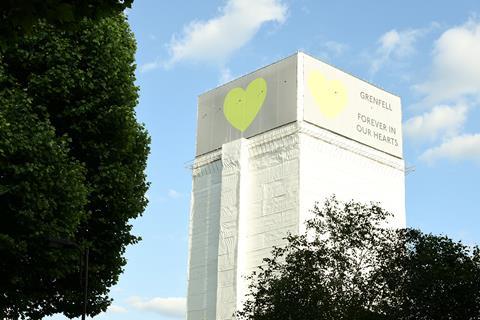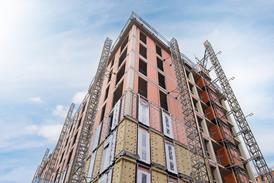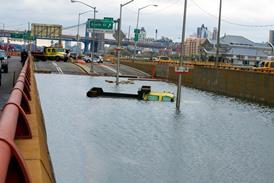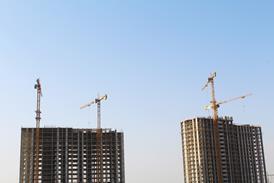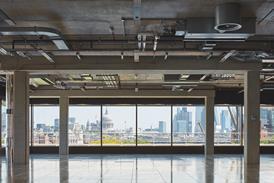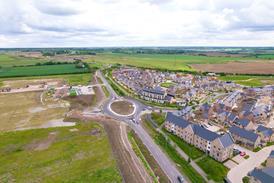
Robert Adam
Robert Adam is a director of ADAM Architecture, the largest firm specialising in traditional architecture and urban design in Europe. His work includes new private houses, commercial and public buildings, housing schemes and major urban extensions. Adam has been a RIBA councillor, an awards judge, a CABE panellist and has sat on government and charitable committees. He has also written and lectured extensively on architecture, urban design and heritage. His latest book is The Globalisation of Modern Architecture.
 Comment
CommentPoliticians can't be trusted on Garden Cities
They never take the long-term view needed to create places which stand the test of time
 Comment
CommentWhat does 2014 have in store for architecture?
Designing the unbuildable has had its day. But what’s next?
 Comment
CommentThe Institutionalisation of Modernism
Code words favouring a certain architectural style are creeping into government policy and guidelines
 Comment
CommentWho’s Afraid of big bad post modernism?
Post-modern classicism may be unfashionable today, but it was a clearly defined period in architecture. And its early adopters still working today are in denial
 Comment
CommentModernism has lost its way
Modern architecture has abandoned functionality for the sake of the creation of shapes
 Comment
CommentRogers vs the Prince: A battle between two establishments
Richard Rogers speaks for an elite whereas the Prince of Wales defends the view of the ordinary citizen
 Comment
CommentA fool and his client’s money
The last of Robert Adam’s seven deadly sins of architecture deals with profligacy – in other words, the tendency of big-name designers to put their artistic vision before their client’s wallet …
 Comment
CommentRobert Adam: The deadly sin of incompetence
Architects love chasing fame but the tiresome stuff of knowing how a building is put together seems beneath them. The sixth of Robert Adam’s seven deadly sins of architecture is incompetence
 Comment
CommentEvery city is also a history book
So it’s a shame that architects have forgotten how to read them, because they speak volumes about their profession. Yes, Robert Adam’s seven deadly sins has moved on to ignorance …
 Comment
CommentDialogue of the deaf: Robert Adam on architects
It’s not just that architects don’t listen to clients or the public – they’re divided into camps that don’t listen to each other. Which is a pity, because they can have good ideas
 Comment
CommentDesigner egotism: Delusions of adequacy
Architects who listen to their ‘inner voice’ and not the client produce bad buildings. It’s the deadly sin of designer egotism, says Robert Adam, and it makes us strangers in our homes
 Comment
CommentChelsea changed everything
The fall of Rogers’ Chelsea Barracks scheme was not so much the cause of an enjoyable public row as the effect of a fundamental change in the way we do design
 Comment
CommentHealing the healthy
In the second of his series on the deadly sins of architecture, Robert Adam tackles conceit, which takes the bizarre form of designers pretending be members of the medical profession
 Comment
CommentThe special ones
We know designers are a great bunch because they keep telling us so. In the first of seven articles about the seven deadly sins of architecture
 Comment
CommentI’m cynically depressed
What’s going to happen to architecture now that the tyranny of the icon has ended? Well, looking around at the current state of the art, we shouldn’t get our hopes up
 Comment
CommentThe idiot’s guide to architecture
Although designing ‘pastiche’ buildings is not yet a criminal offence, the received view is that they certainly shouldn’t be built. This is not just untrue, it’s dumb
 Comment
CommentLet’s talk about sects
The Sect of the Great Mystery, that is, as nurtured by the high priests of modern British architecture. Only in the US is there a place for non-believers
 Comment
CommentSustainable? They’re having you on
Much of what passes for sustainable architecture is nothing of the sort; it’s PR masquerading as environmental engineering. Robert Adam tells us what green building really means
 Comment
CommentManufacturing consent
Democracy is in trouble because politicians tell us what we want, then labour mightily to make sure we get it. Much the same is true of architecture, says Robert Adam


